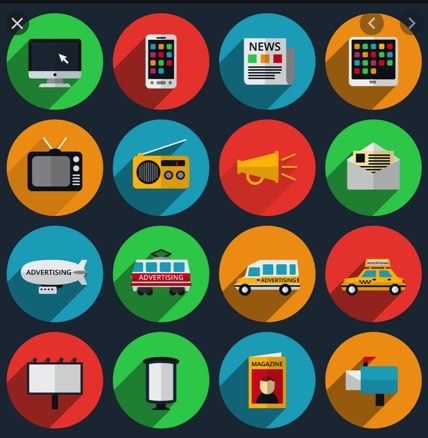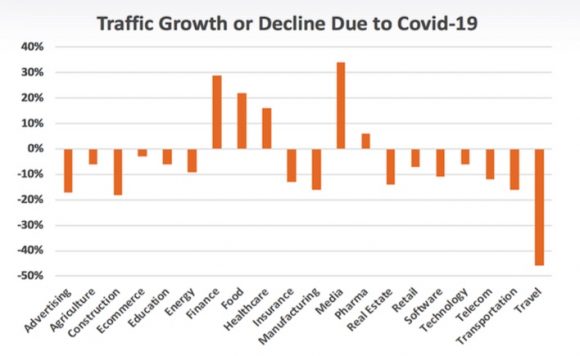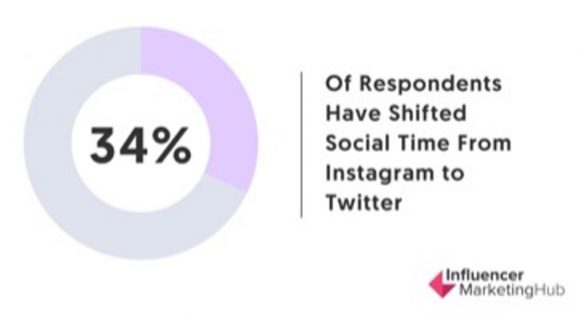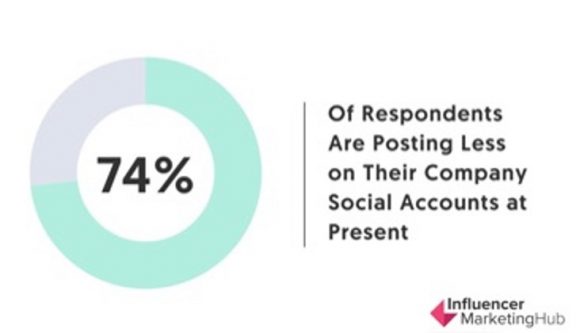4. Corona Virus & its impact on communication channels

Having looked previously at how the corona virus is impacting on what we should or should not be saying to our customers, within this final blog of the series we will focus on how changing consumer behaviour, will impact on our media and channel planning.
One thing is clear is that media consumption and shopping habits have shifted over the last few weeks. We will look at some interesting statistics gathered from various sources across the internet that demonstrate this and hopefully give us some insights in to where we should be communicating and how we should be selling.
People are spending more time consuming media
Spending more time at home means there is more time and more opportunity for people to see advertising. Conversely it also means less time outside and so brands should be shifting away from bill boards and point of sale materials towards screens, a very obvious step.
Time spent watching TV, catching up on social media and surfing the internet have all increased dramatically. Therefore each of these mediums presents increased potential exposure for brands.
Move to on line communication
In terms of TV only large brands with a very broad consumer base are likely to go down this route, as it is expensive and you are spending at least a portion of your money on consumers who are not relevant to you brand. So for the vast majority of brands on line communication remains the most cost effective means. Here we can really focus in on a narrower more relevant audience and take advantage of the increasing time people are spending on it.
What is happening to internet traffic?
Although more people are using the internet, performance across industries is dramatically different. Organic traffic in general is down, unless you are in Media, Finance, Health or Food. So keywords targeted yesterday may not be the most relevant today.
We are seeing cost per 1000 impressions are down but we haven’t seen big shifts in cost per click yet, but if companies continue to reduce spend then we are likely to see a decline in costs.

E mail marketing, increasing opening rates
We are seeing an increase in daily email opening rates, in general up by 5-10% week on week and this rises to 25% within the retail sector. Clearly, people have more time on their hands at the moment and can devote more of it to opening and reading their emails.
Another related change is that people are spending more time at home on desk and laptops whereby previously they were on mobile devices. Reading email communications on the desktop provides a better browsing experience than on a mobile device, and consumers are taking more time to read longer content.
Changes in social media
With many people having more time on their hands and anxious for updates on the changing situation and to keep in touch with loved ones and colleagues, it is unsurprising that they are turning to social media for news, entertainment, messaging and conferencing.
As a result we have seen big increases in usage across the more established social channels of Facebook and Twitter, as well as newer messaging and teleconferencing apps such as Zoom and House Party.
Facebook has released statistics relating to the use of their family of apps in Italy, since the crisis arrived there. They have seen 70% more time spent across their apps. Facebook Live views doubled in a week. They saw messaging increase over 50% and time in group calling (calls with three or more participants) increase by over 1,000% during March.
Italy also recorded a 20x growth in YouTube viewing numbers .
In a survey carried out by Influencer Marketing Hub they found that 34% of respondents have shifted social time from Instagram to Twitter, which reflects its more immediate update on news.

But despite all of this 74% of companies are posting less content on their company social media sites.
Maybe this is due to people either being furloughed or working remotely and hence no one to do it, but surely this should be the time to be positing more to an audience that has time to view it and is open to engagement in the right way?

Focus on awareness and brand recognition
Although usage of on line media is up conversion rates to sales are well down across most industries at the moment. With the exception of supermarkets who are struggling to keep up. This is in line with the message that we have been delivering across this series of blogs, unless you are in an industry that is selling essential items then people are generally not really in the mood to buy or be sold to.
Communication should focus on the early stages of the purchasing funnel. Brand recognition and brand awareness should be the order of the day. As a result your cost per conversion will go up at this time but it’s not a key metric to measure.
Some changes in behaviour are here to stay
In conclusion, we are seeing consumer behaviour changing dramatically, as a result of social restrictions and the marketing industry is trying to react and keep pace with these changes. But we shouldn’t automatically assume that when this is over things will just return to normal.
Some of these changes maybe temporary, but many may be more permanent. As people move beyond the current mode of survival, the momentum behind digital-experience adoption is unlikely to reverse, as people grow more comfortable with shopping online, holding business meetings and family catch ups on zoom.
So think about how you can prepare yourself to take advantage of these changes, long after the coronavirus epidemic ends.

